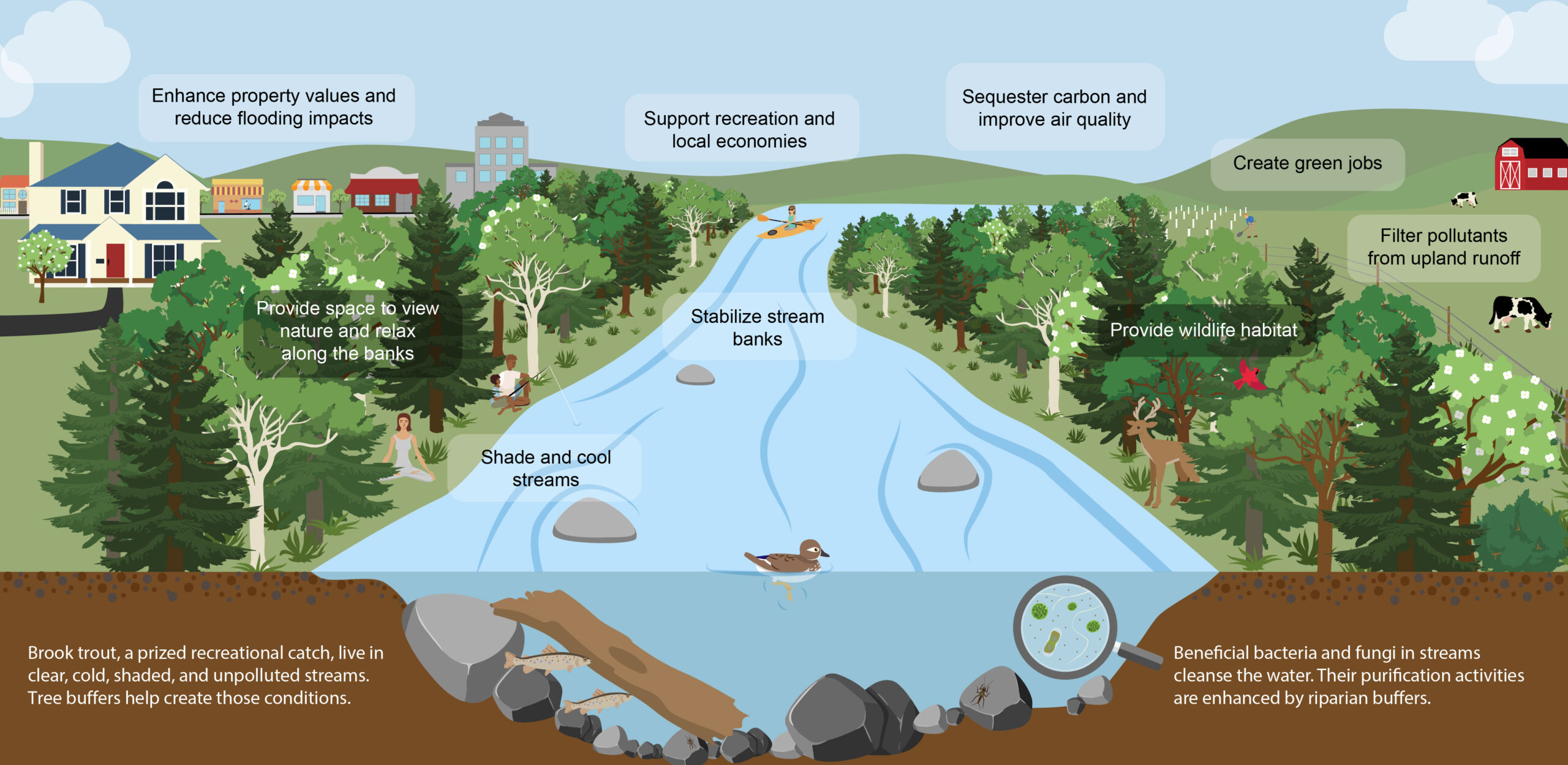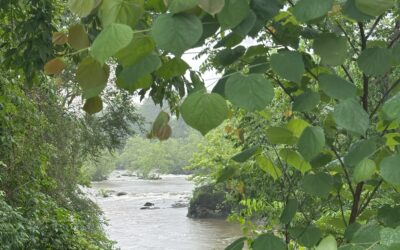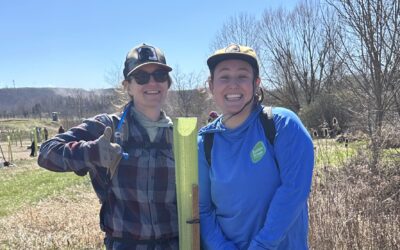Our Vision:
Growing partnerships to create healthy streamside ecosystems for clean water in the James River today and tomorrow.
2024 Consortium Annual Report
There are so many things to celebrate from our collective work July 2023 to June 2024. This year we reached milestones of installing over 900 acres of riparian forest buffer through the James River Buffer Program since its launch in 2019, and having over 500 Consortium members!
Partners in Restoration
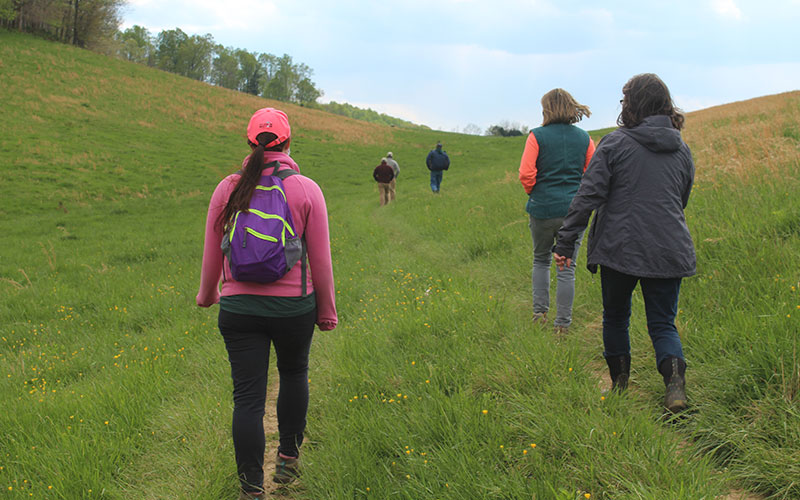
Visit our About section to learn more about who we are, what we do and how our partners move ideas into action together. Learn more »
Landowners

Buffer News & Updates
May 13th, 2025 Consortium Meeting in Petersburg, VA
Recap of May 13th, 2025 Consortium Meeting in Petersburg, VA
Meet Kim Biasiolli
Conservation Program Manager with Piedmont Environmental Council
Meet Elise Neuscheler
Environmental Stewardship Coordinator with FOLAR
The Big Plant
Our time at The Big Plant in Blacksburg, Va!
See available technical assistance & funding programs!
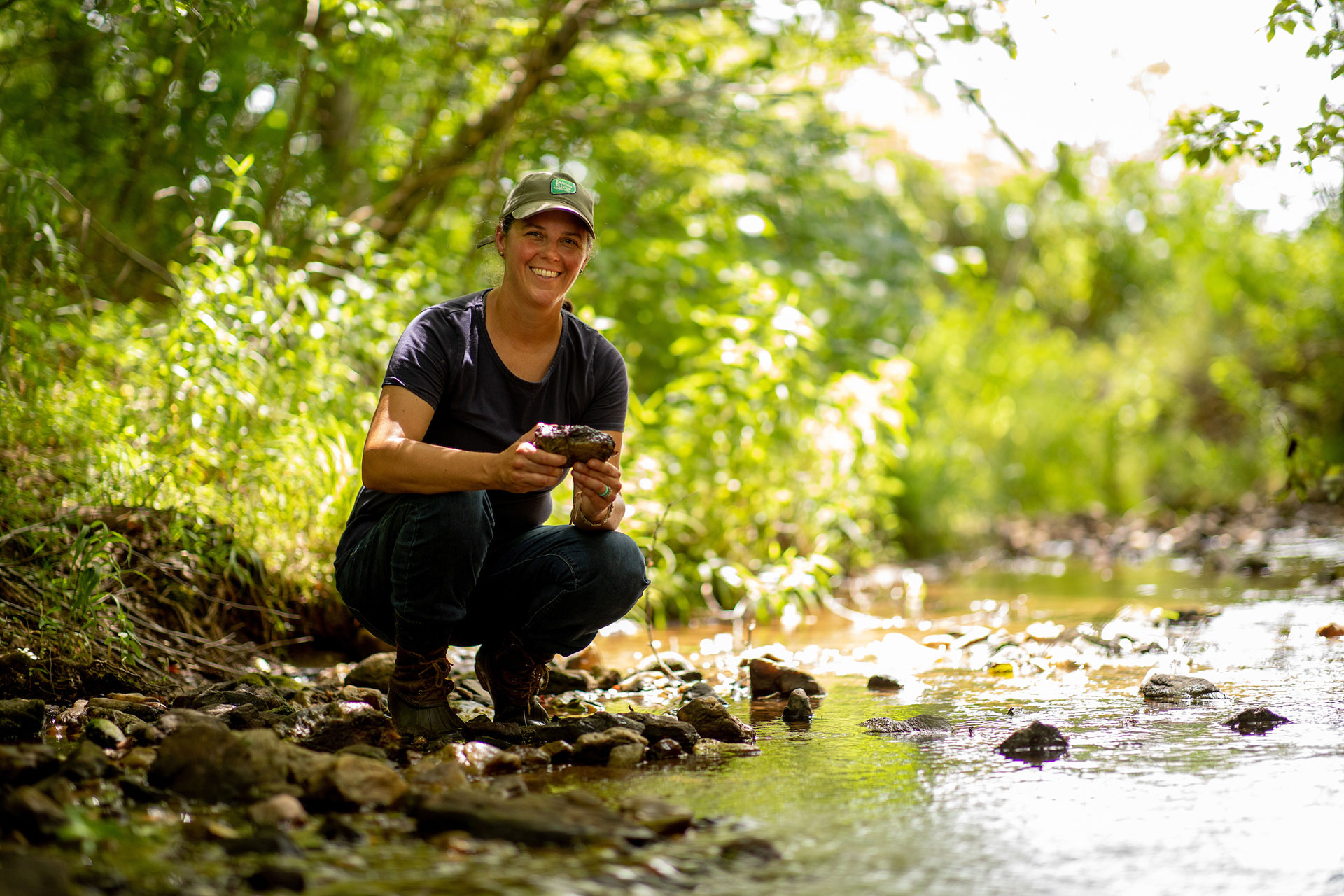
Programs such as the James River Buffer Program (JRBP) works to provide the James River watershed with resilient streamside forests that improve water quality and that landowners visions are understood. For qualifying landowners, the program provides:
- design and management plan
- preparation of site as needed
- materials
- installation
The JRBP is a partnership between The James River Association, the Virginia Department of Forestry, and the Chesapeake Bay Foundation and is one of the many technical assistance and funding programs available to landowners.





